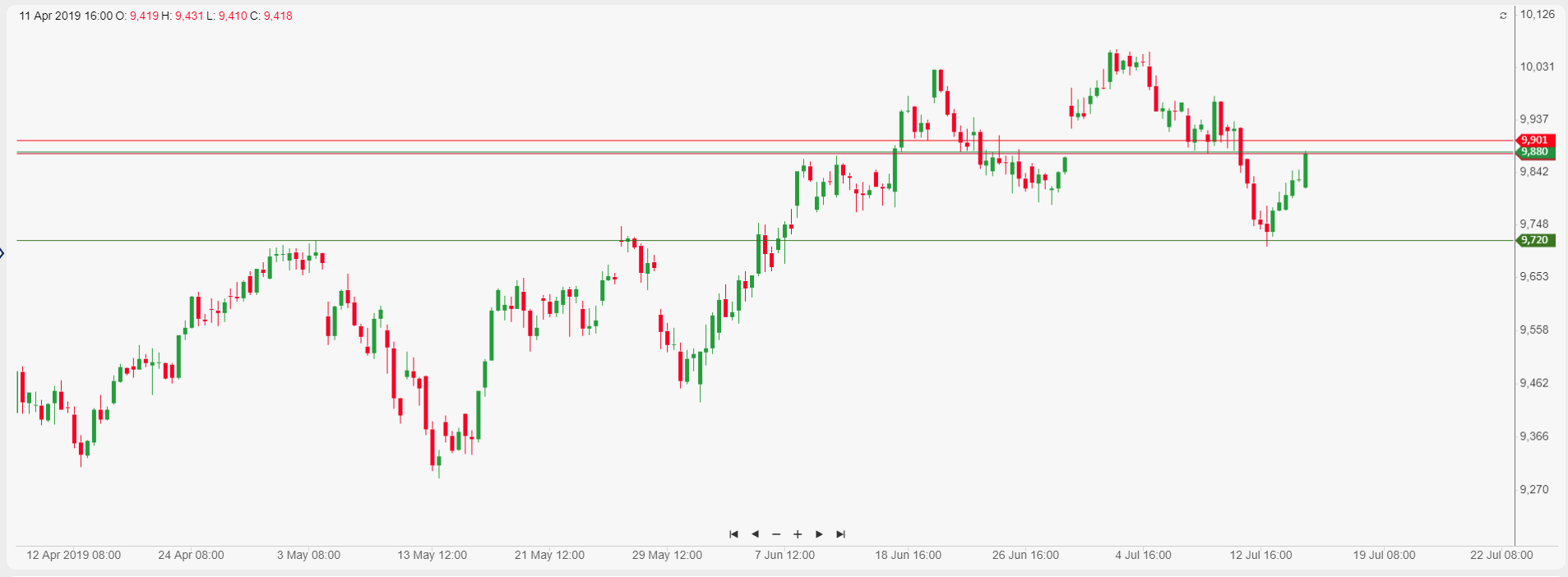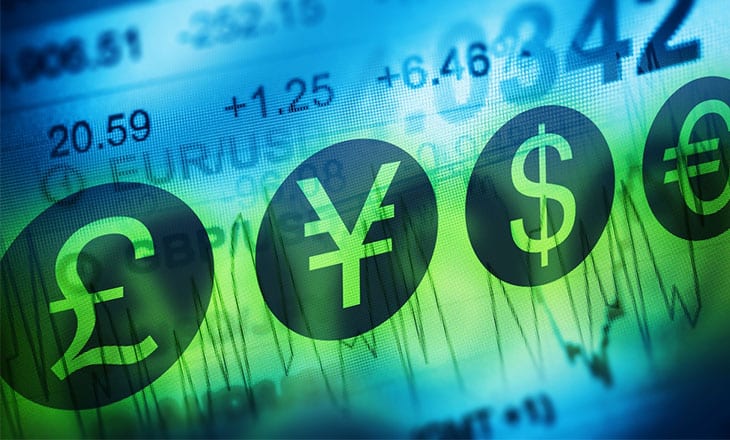ActivTrades’ Market Analysts have prepared for LeapRate their daily commentary on traditional markets for July 17, 2019. See details below:
FOREX
The Pound hit a two-and-a-half-year low against the US Dollar and is currently trading below $1.2390. Sterling weakness, to some extent, results from seasonal factors, as it tends to happen during the British summer, but is mainly explained by what is going on in the political sphere. The willingness to stomach a no-deal Brexit has been growing in the UK, as the political debate concerning who will be the next British Prime Minister has reduced itself to that lowest common denominator, with both candidates boasting about their readiness to walk away from the EU without a deal. It is therefore hardly surprising that the markets are stepping up preparations for what is seen as the worst possible scenario for the UK’s economy. Looking ahead to the rest of the summer, Pound risk is surely to the downside.
Ricardo Evangelista – Senior Analyst, ActivTrades
John Goldie, FX Dealer at Argentex Group PLC, has also provided his expert opinion on the sterling:
If it wasn’t for pesky Brexit, sterling would be flying in this market!
As it is, Brexit still rumbles on. Boris has one foot in the door of Number 10. Rumours are swirling at the prospect that he could suspend Parliament to force through No Deal. And sterling is the worst performing major currency over nearly any timescale that you’d care to consider.
If the market truly buys into the rhetoric that Boris’ will take us out of the EU in October come-what-may, and No Deal is therefore set to become the outcome of choice for the new PM, then there is clearly room for the pound to continue to sink lower. Regardless of relative economic performance and monetary policy, there’s no doubt that the rates are being driven by sentiment and media headlines, and as long as that happens then the risks for the pound weigh heavily.
I am not entirely convinced. Which is dangerous given that I did not expect it to fall as far is it has already… not right now, anyway. However, Boris (and Hunt) have confirmed that they do want to strike a deal, just not the deal on the table. The new European Commission President, von der Leyen, also telegraphed the EU’s own fears for No Deal with the concession that they’re more than willing to extend the deadline again, do “whatever it takes” to coin a phrase, to avoid a Hard Brexit. Boris relishes the appearance of the buffoon, but his bluster and uncompromising stance may yet be what’s necessary to give the EU further pause for thought. No deal is not his preferred outcome but he’s doing everything possible (with clear success) to convince everyone that he’s mad enough to carry it out, something that May failed to do from the outset and perhaps meant that any negotiation was doomed to fail from the start.
There are still three months before Fright Night arrives in October. I’ve long said that there would be no deal – I’m still not convinced it is possible to achieve a deal that satisfies both sides of the table and gets through Parliament. Economically, sterling should be stronger and any softening in language – perhaps soon after Boris formally succeeds May – could be the reminder to the market that the that we’re not yet at game over for the pound and suddenly these historically low levels will look a very attractive consideration.
EUROPEAN SHARES
European shares slipped on Wednesday as investors’ sentiment has been slashed after a resurgence of tensions between Washington and Beijing overnight. Despite a stronger-than-expected US Retail Sales report yesterday, investors are now concerned a trade deal between the US and China is not going to happen anytime soon after President Trump said he could go ahead with further tariffs hike against Beijing.
China retaliated almost instantly by appointing a new very hawkish member to its negotiation team, Zhong Shan, and showed signs the government was in no hurry to reach an agreement with the Trump’s administration and would prefer to wait for the 2020 election outcome. This is a very bad news for stock traders who were betting on a trade deal this summer. However, it will give more space to other bullish leverages on stocks such as the FED’s monetary policy, as Jerome Powell recently confirmed the FOMC committee is still monitoring downside risks to the US Economy and will “act as appropriate” to sustain domestic markets.
In Europe, traders are also concerned about the recent turn in the race to become the next UK Prime Minister, as yesterday both candidates said they would be ready to not sign any deal with the European bloc. Boris Johnson also confirmed he would hold early general elections if he becomes the next PM, confirming the state of uncertainty in the UK. Apart from the SMI-20, every other EU benchmark is trading slightly lower this morning.
DAX-30 and CAC-40 indices are little changed while the worst performance is being brought by the IBEX-35 in Madrid. The SMI-20 in Geneva is trading towards 9,880.0pts after a successful rebound registered over the 9,720.0 zone recently. Prices will have to clear the 9,900.0pts price level in order to continue the road to 10,000.0 pts.

SMI-20 chart
Pierre Veyret– Technical analyst, ActivTrades
